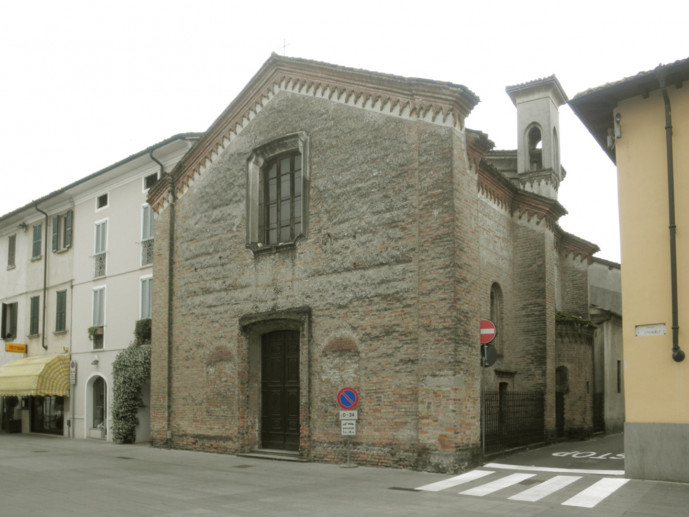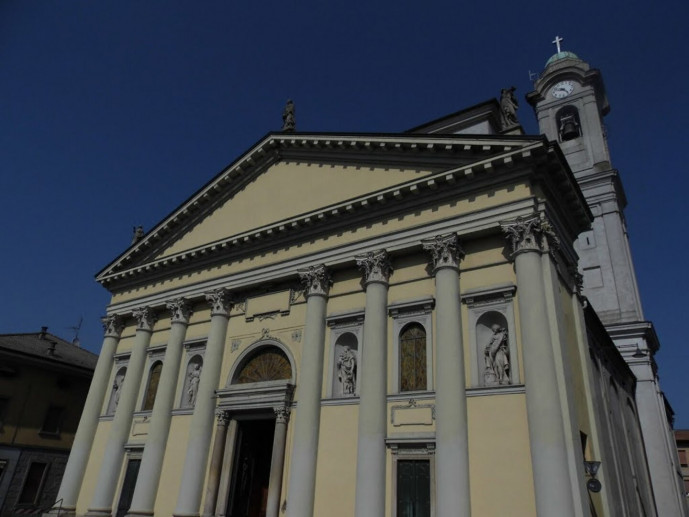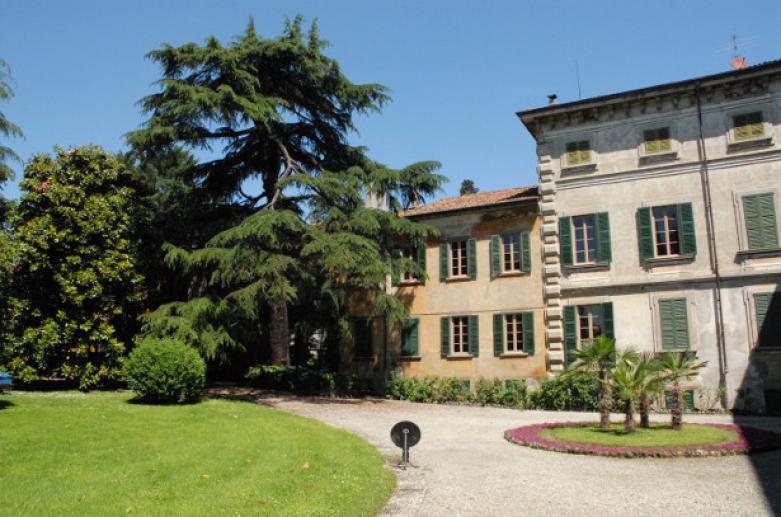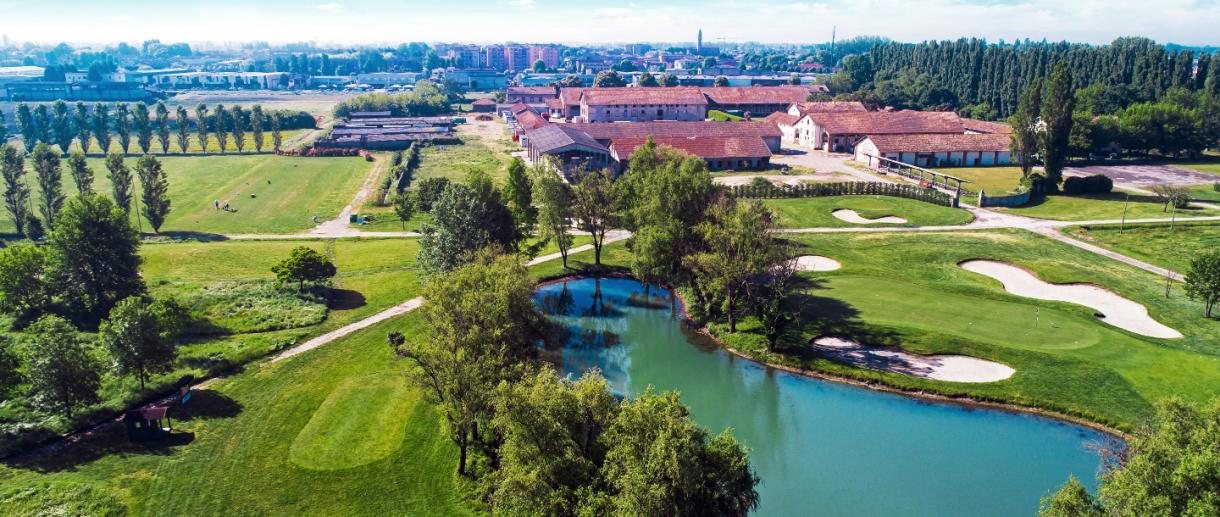- Religious Tourism
- Art & Culture
Santuario di Santa Maria del Fonte
At Caravaggio the sanctuary dedicated to Santa Maria del Fonte, one of the most important Marian places of worship in Italy
The Santuario di Santa Maria del Fonte is a sacred building situated in Caravaggio, in the province of Bergamo.
It is dedicated to the Virgin Mary, who – according to Catholic traditions – appeared at the site in 1432.
The bishop of Cremona at the time, Bonincontro de' Secchi, had already laid the first stone of a new chapel at the site of the apparition; a small hospital was also built to accommodate the many ill people who made the pilgrimage to the apparition site.
The construction of the current Marian shrine, which was championed by archbishop Carlo Borromeo, began in 1575 to plans drawn up by the architect Pellegrino Tibaldi (known as "Il Pellegrini"); periods of construction were punctuated with long intervals of inactivity, and the work continued until the early decades of the 18th century.
The temple stands in the centre of a large clearing surrounded by symmetrical arcades on all four sides. In total, there are 200 arches, running for nearly 800 metres.
In the square opposite the temple there is a tall marble obelisk and, a little further on, a large fountain. The water from the fountain passes under the cathedral, merging with water from the Holy Font and running into a swimming pool in the rear square. People suffering from illnesses may submerge their affected limbs in the water.
There are several fascinating legends testifying as to the events that occurred at the site nearly 600 years ago.
It is said that the Virgin Mary appeared on 26 May 1432 before Giannetta de' Vacchi, daughter of Peter, over 30 years of age, wife of Francesco Varoli, a farmer, perhaps a soldier. She had gone to gather grass in a field named Mazzolengo, far away from the hamlet.
The apparition in the field took the form of a spring of water that, over time, brought benefits to many people; the spring's benefits were corroborated when an unbeliever threw a withered branch into the water – the branch immediately burst into flower.
The axe stored in the cellar underneath the Holy Font – a forefather to the more infamous guillotine – is a reminder of an incident that took place in 1520. The head of a gang of bandits, Giovanni Domenico Mozzacagna di Tortona, was captured in the surrounding area and condemned to death.
In order to make sure that the execution served as a warning to the people, it was decided that it should take place on 26 May, the day of the Apparition, as many people would be visiting Caravaggio to mark the occasion. During the months of imprisonment leading up to the date, the bandit repented and converted.
On the day of the execution, despite many attempts, the blade kept getting jammed before it could make contact with the neck of the condemned man. With the crowd crying that a miracle had taken place, the bandit was taken back to jail before being definitively freed.
In the cellar's second cell there is a broken bolt representing an incident that took place in 1650. On bumping into an enemy who had threatened his life, a pilgrim fled towards the temple. On finding the door closed, he invoked the Madonna. The bolt snapped and the door opened before slamming in the face of the pilgrim's assailant.






















